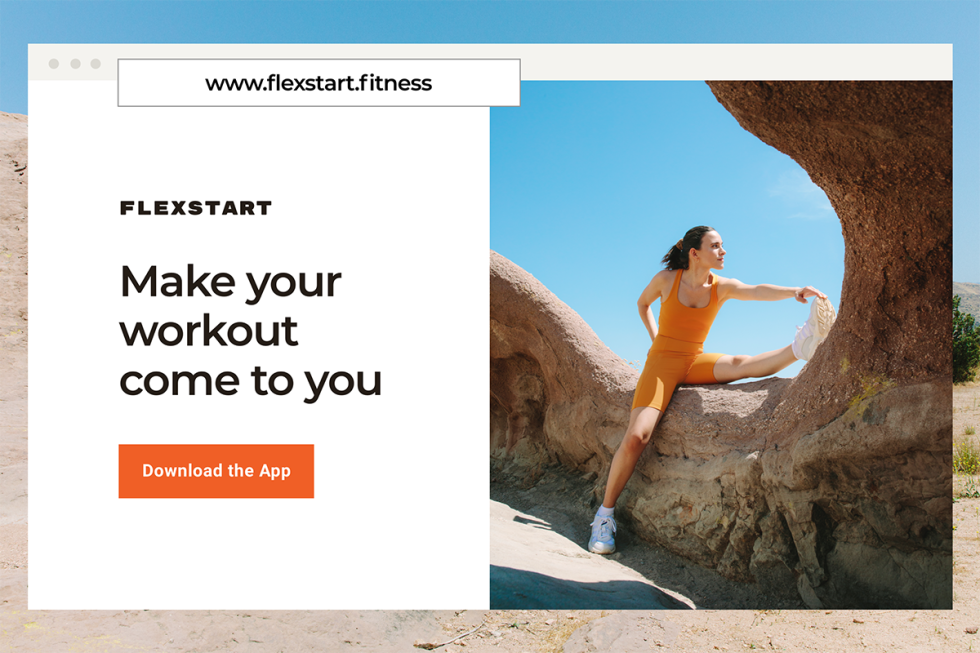1. Set goals and priorities before you dive in
When many think of successful web design and development they think of domain names, a reliable web host, website color schemes and content management systems. However, successful website design has its roots in clear priorities. Start your website project by determining what matters most to your business so that you know what your website should include.
“Write down what success looks like, and work backward from there,” says Jonathan. “This process will help you decide what will be part of your site.”
It can be helpful to look at other websites in your industry for design inspiration. Browse through their pages, and take note of the information they provide, how they communicate their brands, and what they offer to attract and keep visitor's attention. Note what you think works well and where you want to do better with your own design.
This list of important website elements will help you create a sitemap. A sitemap, as the name suggests, maps out your website by establishing the pages you’ll have and how the pages will link to each other, and will help to establish your information architecture later on.
Consider including these basic types of web pages on your site.
- Homepage:
This is the main page of your website, so it will often be the first page new visitors see. They should see the most important information they need first, to understand what you offer, and easily know how to navigate to what they need to do next.
- About us:
Here, visitors can discover the basic information about your business, such as how you got started, where you’re based, your mission, and profiles of your top team members. You can also include links to store hours and locations (if you have them), links to social media pages, and contact information.
- Services:
Depending on what your business or organization does, a page with short explanations of the services you offer or visual content of your products and links to detailed pages to learn more about those services can be very helpful for new visitors.
- Careers:
If you often have a need for new team members, consider a page where you can highlight available positions, or have a form where people can inquire about openings.
- Blog:
If you regularly publish content, a blog page can be a central location for visitors to find it. This could include product or service updates, articles related to what you offer, profiles of new projects, and any other content that will help educate website visitors about your organization.







